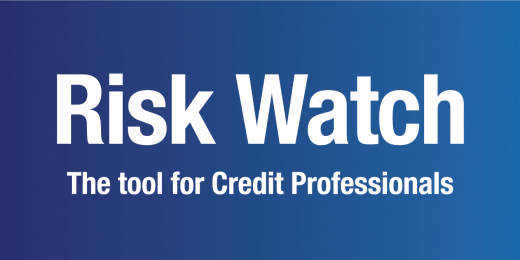Factoring in a growth rate when valuing a business.
Share

It’s relatively easy to include an allowance for future growth when valuing a business, particularly when using a discounted cash-flow methodology. However when determining a reasonable amount of growth there are two questions that need to be answered, How Much and How Long?
How Much?
One starting point for determining the growth rate is the industry average (if data is available) but simply using an industry average growth rate may not provide an accurate estimate. For instance in 2007 Australian clothing and accessory retail (Retail Fashion) sales grew by 7.81%, however in 2008 when the Global Financial Crisis hit the growth rate slowed to 0.99% therefore past performance is not always a good indicator of future results.
In addition, the Retail Fashion industry average would not be appropriate to apply to a single store operator because due to an expanding population a lot of growth in and shortly before 2007, the increase in Retail Fashion sales in 2007 was largely attributable to new store openings. This may lead to an overstated estimate of future growth for a business that was not opening new stores.
How Long?
If a business is outperforming the market it is important to establish why, as the reasons can impact the growth prospects.
The two main reasons for growth above normal market levels are new businesses and innovation.
- A new business can experience high growth rates at first which can be as a result of an initial low sales base, however without innovation or a competitive advantage this is unlikely to be sustainable.
- Innovation can allow for a business to grow faster than the industry norms in which it operates, however this does not allow for everlasting growth because eventually the industry will catch up.
An example of this would be with Uber, once it was the only rideshare provider (in Melbourne at least) now there are multiple competitors. It might be that Uber still uses better technology than the other ride share services, but honestly I don’t know (and neither do most customers). Uber certainly doesn’t market itself based on having the best technology which suggests that the industry has caught up.
It’s also worth noting that industry performance can change over time (as the Retail Fashion example illustrates), so even a fast growing business in an expanding industry will be assumed to revert back to average growth eventually.
Should you require any Valuation, Litigation Support or Forensic Accounting services contact Gary Fettes and Mark Ellis of Rodgers Reidy on (03) 9670






